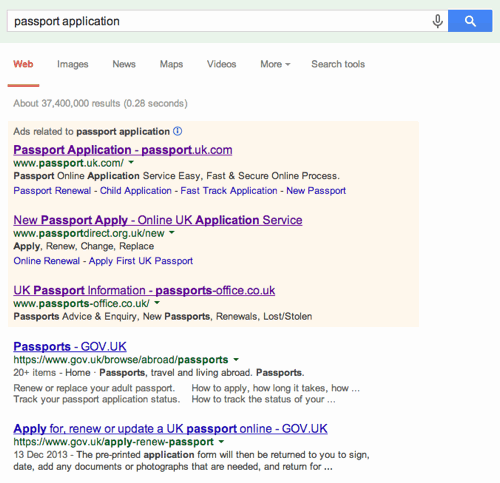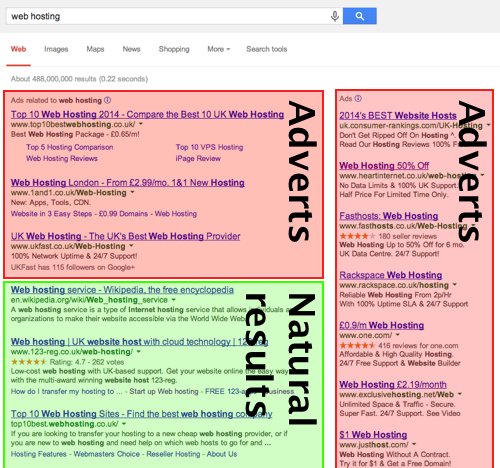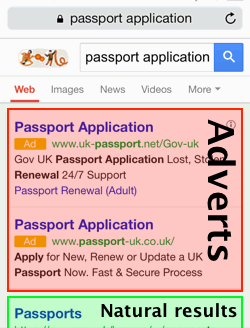IT for Donuts: know how to spot adverts on Google
IT for Donuts: know how to spot adverts on Google
IT for Donuts is our regular Friday feature where we explain a tech term or answer a question about business IT.
This week: when you search for something using Google, you expect the most relevant web page to appear at the top of the search results.
The thing is, often adverts are displayed above the first ‘natural’ search result, meaning you could click one without meaning to. That’s what it’s important to know the difference between natural search results and paid-for adverts.
Adverts on Google
Google makes most of its money by selling advertising space alongside its search results.
Companies bid for their ads to appear when people search using specific keywords. This is called pay-per-click advertising.
If you stop and look at a Google search results page in detail, it seems pretty obvious which bits are ads, and which bits are the ‘natural’ search results that Google thinks fit the search term you entered.
However, some research suggests that actually, many people click ads without meaning to. In a survey for domain name company 123-reg last year, half of respondents said they hadn't spotted an ad on Google.
Ads at the top of the page have a yellow background, to differentiate them from the natural search results beneath. But as blogger Mike Blumenthal points out, this shade of yellow isn’t always obvious when viewed on cheap or badly-adjusted monitors.
Why you should know about ads
Of course, clicking an ad isn’t the end of the world, especially if you end up finding the information you wanted anyway.
But in certain circumstances, it can leave you out of pocket. Check this results page, for the term ‘passport application’:

The first three links are all ads. They take you to companies offering various passport application services, most of which charge a fee to submit your passport application on top of the fee for the passport itself.
The first natural result — actually the fourth most prominent link on the page — is the one that takes you to official information about applying for UK passports. And that's likely to be what you're actually looking for.
Where ads live on Google
When you’re viewing a Google search results page, you’ll nearly always see some ads in a shaded area at the top, and more in the narrower right column:

If you’re using Google on a mobile device like your smart phone, you might need to scroll down to get past the ads and see the natural search results. However, Google seems to have started clearly marking ads with a yellow ‘Ad’ label:

So, there you go. If you’ve never stopped to think about which links on Google are adverts, now you know.




Comments
Add a comment